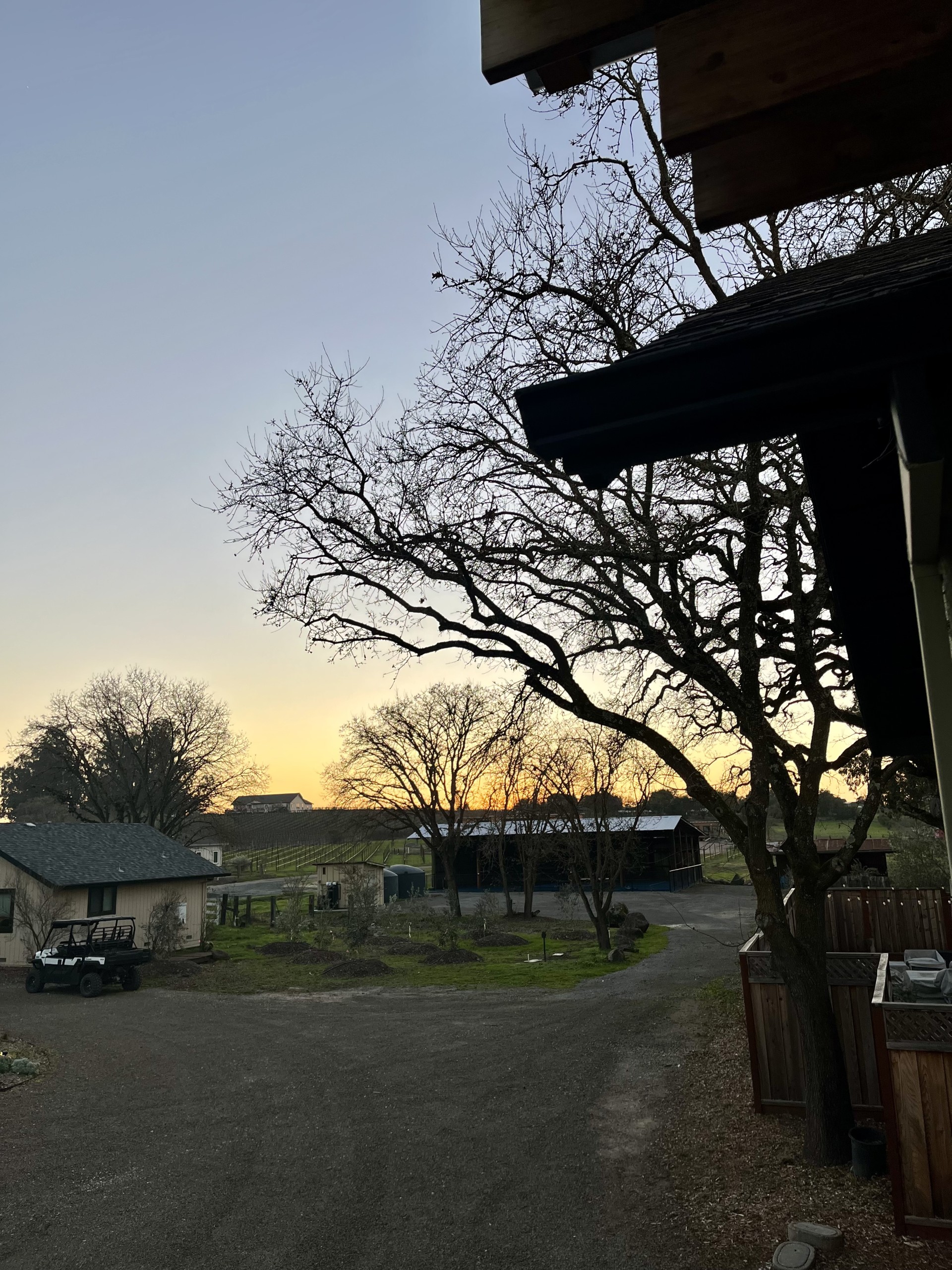When we purchased our property that was zoned agriculture/residential, we knew we needed to drill a new well and that the property required an additional septic system for our new build. We had no idea how much the infrastructure would cost or what the permitting process was like – or we might not have purchased the land for our dream home. Ignorance is bliss! I had no idea how much I’d learn about these two systems. It’s been a great learning process, one I’d like to share with others who are embarking on the same journey.
Tips for Building on Land with a Well & Septic System 

 If you’re planning to build on land that requires both a well and a septic system, you’re likely navigating a few unique challenges. As an expert in land development, I’ve put together key tips to help you avoid common pitfalls and ensure a smooth and sustainable build:
If you’re planning to build on land that requires both a well and a septic system, you’re likely navigating a few unique challenges. As an expert in land development, I’ve put together key tips to help you avoid common pitfalls and ensure a smooth and sustainable build:
1. Start with a Soil Test & Site Assessment
Before breaking ground, have a professional conduct a soil percolation test to assess the land’s suitability for a septic system. The type of soil and its absorption rate directly impact how your septic system will function. Proper soil analysis will also help determine the best location for your septic tank and leach field.
2. Understand Local Codes & Permits
Each region has specific regulations governing the installation of wells and septic systems. Be sure to familiarize yourself with local health and zoning codes, which will dictate the required distances between your well, septic tank, and leach field. Non-compliance can lead to costly delays or fines.
3. Work with Certified Professionals
Building on land with a well and septic system requires specialized knowledge. Partner with engineers and licensed contractors who have experience designing and installing these systems. They will ensure that the systems are properly sized, compliant with local codes, and optimized for your specific site conditions.
4. Focus on Water Conservation
Conserving water is not only eco-friendly, but it’s also essential for maintaining the longevity of your well and septic system. Incorporate low-flow fixtures, energy-efficient appliances, and smart irrigation practices to reduce water usage. This helps minimize strain on both systems and ensures they function optimally over time.
5. Schedule Regular Inspections & Maintenance
Preventative maintenance is key to the long-term success of both your septic system and your well. Have your septic system pumped every 3-5 years, and always keep your well water tested for contaminants. Regular inspections will help you catch issues early and avoid costly repairs.
Building on land with a well and septic system requires careful planning and ongoing maintenance. Following these tips and working with experienced professionals, you can ensure a successful and sustainable project.
#WellAndSeptic #HomeBuilding #ConstructionTips #Sustainability #WaterConservation #LandDevelopment #SepticSystem #WellWater #ProjectManagement #BuildingSuccess #NewBuild

